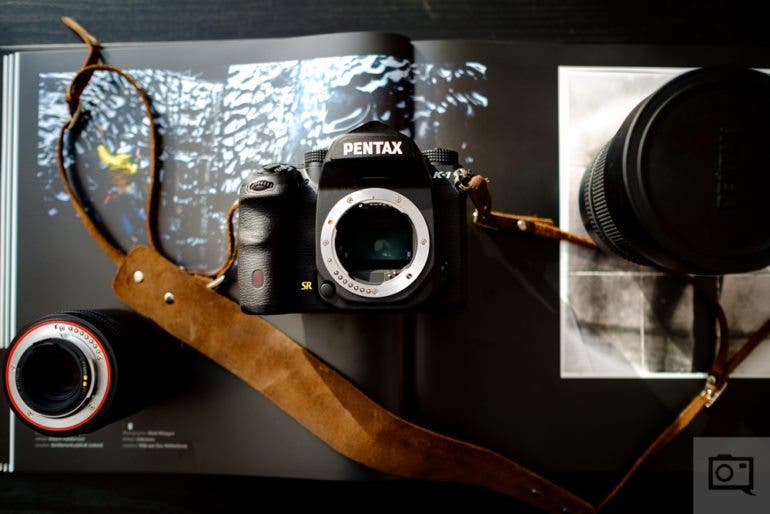Opinion: The DSLR Is Dead, and Supporting it Is Useless
It’s time to let go of the DSLR because it’s dead and over with.
Let’s round up a few facts in this post. The DSLR is dead. A while back, Canon said they weren’t going to make any new DSLRs or EF Lenses unless there’s a demand. Nikon has dropped most of their DSLR line and is committed to mirrorless. And Sony officially discontinued their A-mount products. It took way, way too long for all this to happen. Mirrorless was the future back then, and it’s the standard today. Lots of professional photographers still shoot with DSLRs, but DSLRs are massively inferior. You can’t tell me that a DSLR is built like a Leica SL2s. And you can’t make me believe a Canon Rebel is lighter than a Sony a6700. But there are two brands that are still holding out as far as we know.

Depending on who you are, you probably don’t really care about those two brands. But Pentax is still committed to DSLRs. Why? I’m not sure. Pentax will be Pentax, and they’ll continue to make great cameras while being the awkward kid in the corner. Phase One also still makes DSLRs. Arguably, that market has been killed by Fujifilm. Phase One cameras have a lot of innovations and cool things about them, but they’re no longer practical. Let’s face it, the DSLR is dead.
You can cling to your DSLR for sure. Let me also remind you of other old tech people cling to:
- Plasma TVs: they had great color, but that was it.
- Rabbit ear antennas: don’t get me started on this.
- Cable television: who has the time anymore when you can catch whatever you want on the internet?
- Fax machines: I don’t know why these still exist.
- Dial-Up connections: yes, some people still use it like they use their AOL email accounts.
Those are just a few very antiquated things that make no sense. In contrast, let me talk to you about things that made a comeback and why:

- Vinyl: it provides a sound you can’t get from digital.
- Cassette tapes: same reason as above.
- Film: Film does something digital can’t if you’re using the right emulsions.
At this point, everything DSLRs can do, mirrorless can do better. Mirrorless is lighter, faster, and more capable.
So, instead of making the rest of this post a rant about how DSLRs are dead, I’ll recommend some of the biggest changes someone will need to adapt to:
- Exposure preview – It’s a handy feature. However, every manufacturer I’ve spoken to tells about how it can degrade autofocus performance. In general, it’s best to turn off the exposure simulation mode.
- The smaller size – Get used to it or add a vertical grip. Most grips don’t make sense on mirrorless, though.
- Touchscreens – Those are huge, but some DSLRs had them.
- Understanding that each manufacturer treats autofocus tracking and continuous autofocus differently.
- Face detection and eye detection – This has been a big one for many years now. It’s why people flocked to Sony’s system.
- Sensor-based image stabilization – Sony, Olympus, and Pentax had this. But Sony, Olympus, and Pentax also had little of the DSLR market.
- Almost total elimination of the PC sync port. It’s all radio now. Some people use constant lights. Constant light will never give the output and character a flash can.
- More autofocus points than you know what to do with.
- Autofocus points that go edge to edge instead of being just in the center area.
- Battery life that won’t necessarily last you a week
- Image quality so good that you probably don’t need to do post-production
- Focus peaking when manually focusing
- Better weather sealing. You can take your camera and lens out into the rain in most situations, and it will be fine.
- SD, XQD, CFExpress, CFExpress Type A, and probably other cards coming.
- Bird and animal face detection.
- Much better multiple exposure modes
- APS-C sensors that can perform as well as full-frame sensors at times.
- More room in your camera bag
- Less weight on your back
- Deep camera menus
- No more AF fine-tuning or micro-adjustments. I will never miss needing to calibrate my lenses.
So for the rest of you who have yet to come aboard, welcome to 2012. The year 2021 is quite a massive change.